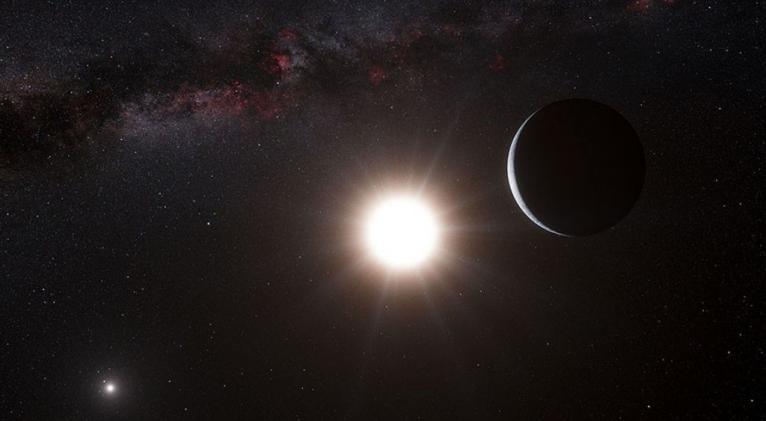Earth-like planets in solar system ‘habitable zones’ to be photographed for 1st time

The privately-financed initiative, called Project Blue, hopes to take the first photo of a planet in the so-called ‘habitable zone’ – the area around a star in which life is able to exist.
Led by the US-based BoldlyGo Institute, a non-profit scientific organization, the project will focus on nearby solar system Alpha Centauri and aims to have built the telescope by 2020 at an estimated cost of $25 million to $50 million.
BoldlyGo Institute CEO John Morse, who was formerly director of astrophysics at NASA, described the proposed telescope as the “holy grail of exoplanet” research.
Morse said the project will focus on Alpha Centauri partly because it is close to the Earth, but also because there’s a greater chance of photographing a habitable planet.
“The fact that you do have two stars [at Alpha Centauri], it’s like two coin flips,” Morse told Popular Science.
“There’s four possible outcomes and only one of them is nothing, so we’re hoping that at least one of the stars will have terrestrial planets around it, and possibly both, which would be an amazing discovery.”
Although the solar system is near to Earth, such distance is relative to the vastness of the universe.
Alpha Centauri is a mind-boggling 4.22 light years away, which means it would take humans about 100 years to get there if traveling at a speed of 13,411 kilometers per second.
Project Blue hopes to photograph this enormous distance with a telescope about the size of a small washing machine and with a mirror only 50cm across.
The telescope will use a coronagraph to block out light from more distant stars, allowing the lens to capture clear photographs of planets that would otherwise be drowned out in the brightness of nearby stars.
Although still in its early stages, the project hopes to get cash support from project partners such as the SETI Institute and will also use crowdfunding to pay for initial design work.
Morse hopes the project will inspire future missions to study Earth-like planets.
“If we discover a pale blue dot around one of the Alpha Centauri stars, the urgency to build larger facilities, to do more characterization of that and eventually hope to see weather patterns or mountain ranges or continents, we’ll see a lot more interest in doing that kind of thing,” Morse told Popular Science.
“That’s the impact that we want this to have.”















Add new comment